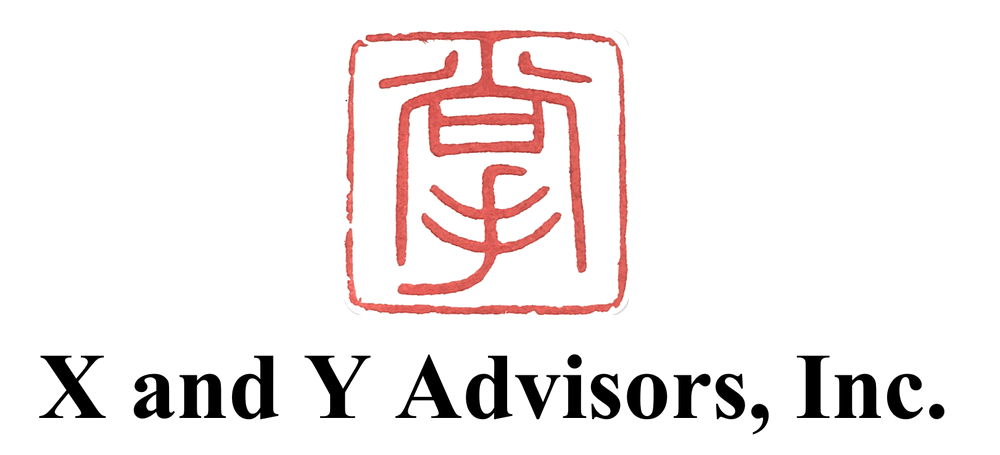Most people are probably contributing to or at least have heard of a 401(k) plan. Some of you may have a choice to make Roth contributions instead of the regular pre-tax contributions to your 401(k) plan at work. How about non-Roth after-tax 401(k) contributions? This week I will help you understand what it is, how it works, and who can benefit from it.
Where is after-tax 401(k) coming from?
Let's start with the question of the maximum amount that could be contributed to a 401(k) plan. According to the IRS, in general, the total annual contribution to a participant's 401(k) account cannot exceed the lesser of:
100% of the participant's compensation, or
$55,000 ($61,000 including catch-up contributions for people who is age 50 or over) for 2018.
Some of you may wonder: "Wait a minute, I think I was told that I could only contribute up to $18,500 to my 401(k) plan in 2018. What's happening here?"
Let's make it clearer. The $18,500 is the maximum amount allowed for elective deferral contributions and/or designated Roth contributions which are two types of employee contributions in a 401(k) plan. So what are the other kinds of contributions? Two other common types are the catch-up contribution ($6,000 for people who is age 50 or over in 2018) and the employer matching contribution. Some 401(k) plans also allow employers to make additional discretionary/non-elective contributions to their employees' accounts in addition to the matching contributions. And the least known one is the employee after-tax contribution.
Here is my formula to help you understand the components of all 401(k) contributions (assuming your annual compensation is more than the contribution limits):
Total annual contributions ( up to $55,000 or $61,000 with catch-up contributions for 2018) = Employee pre-tax and/or Roth elective contributions (up to $18,500 for 2018) + Employee catch-up contributions ($6,000 for people who is age 50 or over in 2018) + Employer matching contributions + Employer discretionary/non-elective contributions + Employee after-tax contributions
What is after-tax 401(k) and how does it work?
The best way to understand it is to compare it to pre-tax and Roth contributions. Without digging into all the detailed rules and exceptions, here is a quick comparison.
Pre-tax contributions: contributions are pre-tax money/ tax-deductible, earnings are tax-deferred, and both contributions and gains are taxed as ordinary income upon distribution.
Roth contributions: contributions are after-tax money, earnings are tax-free, and both contributions and gains are not taxed/tax-free upon distribution.
After-tax contributions: contributions are after-tax money and are not taxed/tax-free upon distribution; gains are tax-deferred and are taxed as ordinary income upon distribution.
Some of you may say: "Wait a minute, it looks like that I have to pay ordinary income tax on the money I earn with my after-tax contributions. On the other hand, I can get favorable long-term capital gain tax treatment if I invest the money in a taxable account. Why would I choose to make the after-tax contribution rather than just putting the money into a regular brokerage account? Am I missing something here?"
I have to say that you are making an excellent point here. Comparing to investing a regular taxable account, the only potential benefit of making after-tax contributions is to defer taxes on the gains. It can be minimal or even harmful for some instances if most of your gains are long-term capital gains and they are subject to a lower tax rate than your marginal ordinary income tax rate. However, there is another important step you could take to make it a lot more attractive. You could convert your after-tax contributions to a Roth IRA immediately after making it. You don't have to pay any taxes on the money you converted since all of them are after-tax money in the first place. More importantly, just like the Roth 401(k) contribution we talked above, all the gains generated in a Roth IRA will not be taxed under current tax law as long as you follow the rules. If you have heard of a more common strategy called "The Backdoor Roth IRA" before, this one sometimes is referred to as "The Mega Backdoor Roth IRA".
Who can benefit from after-tax 401(k)?
First of all, your 401(k) plan at work needs to allow non-Roth after-tax contribution in the first place. Not all plans offer it.
Secondly, in order to take maximum advantage of this strategy, your 401(k) plan needs to allow you to convert your after-tax contribution to a Roth IRA while you are still working for the company. Some plans only let you do it after you leave, which means any gains you earn on your after-tax contributions before the conversion will be taxed as ordinary income upon distribution.
Last but not least, before considering this strategy, max out pre-tax and/or Roth 401(k), IRAs, and HSAs contributions if applicable, and make sure you have enough money or a good plan to cover all other financial goals before retirement.
In summary, converting non-Roth after-tax 401(k) contributions to a Roth IRA can be a great complimentary tax-advantaged way to save for retirement. However, it is not a commonly known strategy even among the professionals. When it comes down to the detailed logistics of implementing the strategy, it can vary based on the specific language in your 401(k) plan and your own situation. Make sure you understand everything completely before taking any action or talking to your 401(k) plan administrator at work to avoid any unintended tax consequences.
Enjoy reading my blog? Sign up at the bottom to effortlessly stay on top of my blog posts and news for free!
Need help? Email us or Schedule a call today!

